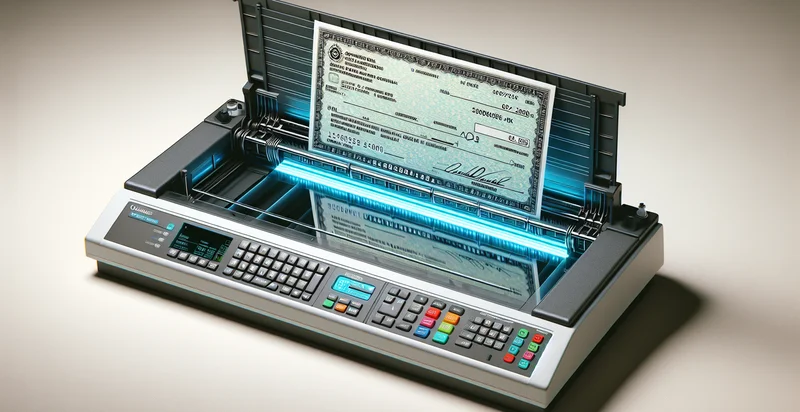Identify scanner conditions
using AI
Below is a free classifier to identify scanner conditions. Just upload your image, and our AI will predict what condition the scanned items are in - in just seconds.

Contact us for API access
Or, use Nyckel to build highly-accurate custom classifiers in just minutes. No PhD required.
Get started
import nyckel
credentials = nyckel.Credentials("YOUR_CLIENT_ID", "YOUR_CLIENT_SECRET")
nyckel.invoke("scanner-conditions", "your_image_url", credentials)
fetch('https://www.nyckel.com/v1/functions/scanner-conditions/invoke', {
method: 'POST',
headers: {
'Authorization': 'Bearer ' + 'YOUR_BEARER_TOKEN',
'Content-Type': 'application/json',
},
body: JSON.stringify(
{"data": "your_image_url"}
)
})
.then(response => response.json())
.then(data => console.log(data));
curl -X POST \
-H "Content-Type: application/json" \
-H "Authorization: Bearer YOUR_BEARER_TOKEN" \
-d '{"data": "your_image_url"}' \
https://www.nyckel.com/v1/functions/scanner-conditions/invoke
How this classifier works
To start, upload your image. Our AI tool will then predict what condition the scanned items are in.
This pretrained image model uses a Nyckel-created dataset and has 6 labels, including Excellent Condition, Fair Condition, Good Condition, Poor Condition, Very Good Condition and Very Poor Condition.
We'll also show a confidence score (the higher the number, the more confident the AI model is around what condition the scanned items are in).
Whether you're just curious or building scanner conditions detection into your application, we hope our classifier proves helpful.
Related Classifiers
Need to identify scanner conditions at scale?
Get API or Zapier access to this classifier for free. It's perfect for:
- Quality Control in Manufacturing: The 'scanner conditions' identifier can be used in manufacturing environments to ensure that products are scanned and classified correctly. By recognizing and flagging false images due to poor scanner conditions, companies can reduce errors, improve product quality, and minimize waste during production processes.
- Medical Imaging Validation: In healthcare settings, this function can improve the accuracy of diagnostic tools by identifying false images in medical scans. By ensuring that only valid images are analyzed, healthcare providers can deliver more accurate diagnoses and reduce the likelihood of misinterpretation.
- Document Verification in Banking: Financial institutions can employ the identifier to validate scanned documents in customer onboarding processes. This functionality helps to prevent fraudulent document submissions by detecting images that do not meet required quality or integrity standards.
- Retail Inventory Management: Retailers can utilize this function to enhance inventory accuracy by ensuring that product images scanned for inventory tracking are authentic. By filtering out false images, businesses can maintain precise stock levels and improve supply chain efficiency.
- Autonomous Vehicle Systems: The identifier can be integrated into the computer vision systems of autonomous vehicles to ensure the accuracy of real-time imaging data. By detecting false images caused by environmental conditions, the system can enhance decision-making processes and improve the vehicle's safety features.
- Fraud Detection in E-commerce: E-commerce platforms can use the scanner conditions identifier to validate images uploaded by sellers. By recognizing and filtering out false images, these platforms can help prevent fraud, protect consumers, and maintain trust within the marketplace.
- Security Surveillance Systems: This function can enhance the efficacy of security cameras by identifying low-quality or false images generated due to adverse environmental conditions. By focusing only on quality images, security systems can provide clearer evidence and improve incident response times.


